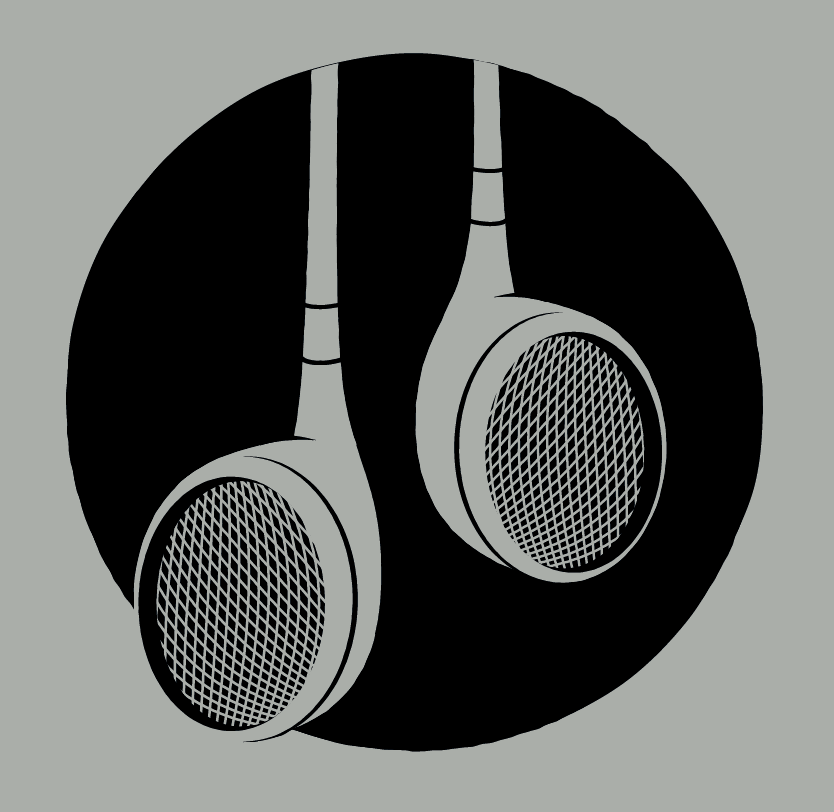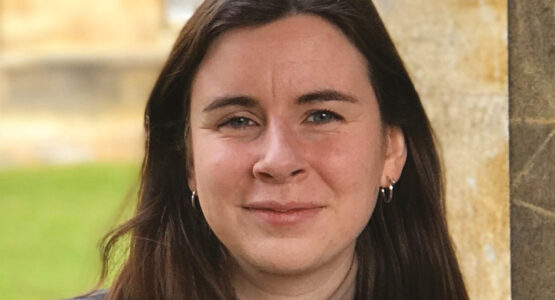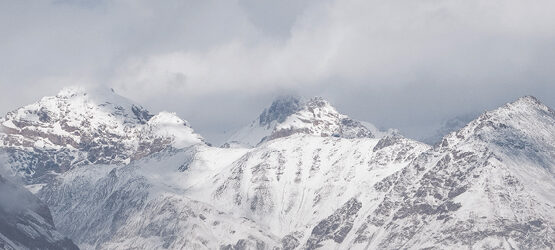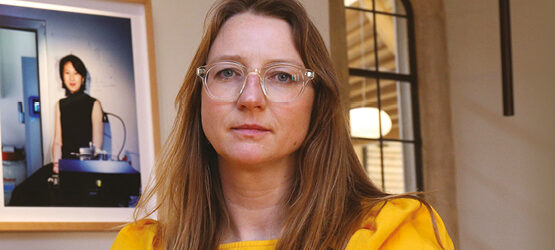Johnian magazine issue 50, spring 2023
Playlist: St John’s in the swinging sixties
We invited Johnians who will soon be meeting up at a Reunion Dinner on Saturday 1 July to tell
us about their musical memories from 1965 and 1966. Read about the artists and composers that caught their ears and provided the backdrop to their time in Cambridge.
The 1960s are known to have been an era characterised by an explosion of new music. With momentous events in world politics, such as the Vietnam War and student protests, and British domestic news such as the election of Harold Wilson as prime minister, the death of Winston Churchill, the Campaign for Nuclear Disarmament movement and England winning the football World Cup, the decade ushered in a seismic cultural shift from the more formal way of life pre-Second World War to the ‘anything goes’ mood of the ‘swinging sixties’. St John’s was inevitably drawn into the changing mood. In January 1965 Council did not object to the University’s proposal to dispense with the requirement that junior members wear academical dress in the streets after dark, while only four years earlier it had opposed the change.
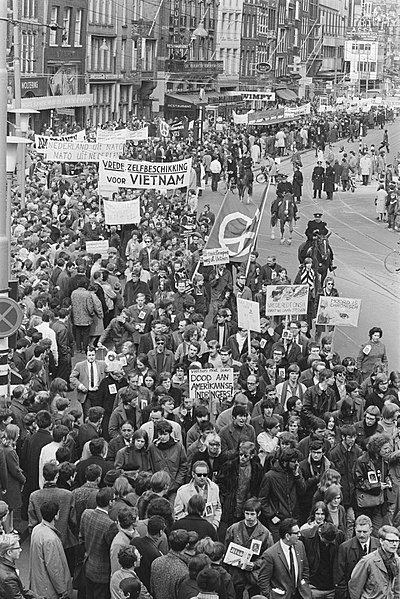
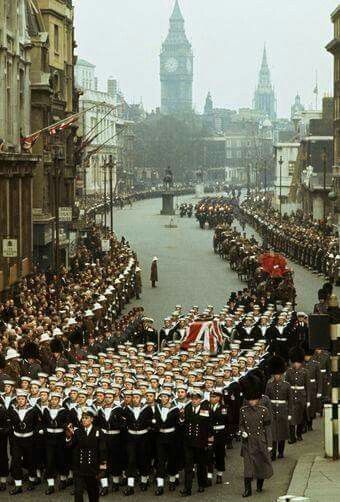
In 1967 an undergraduate survey of the Tutorial System, Senior-Junior Member relations, facilities and the Hall and Buttery, among other items, sought ‘some statistical information on the attitudes and trends within the College’, but generated some controversy and calls for the College to act on its results. The fact that junior members now expected to influence the agenda of how the College was managed appears to have been more shocking at the time than the revelation that most of the respondents broke most of the rules most of the time – including those concerning entertaining female visitors at night! The social changes that had brought Harold Wilson into power were clearly being felt in the College.
It is against this social backdrop that our alumni found themselves at Cambridge in the mid-1960s and their musical choices reflect their experiences. No student room was complete without a portable record player; John Bailey (1966) enjoyed playing singles on his ‘Dansette’. Peter Davies (1965) was fortunate to hear a live performance by the emerging American artist, Paul Simon, at the Cambridge Folk Club in his first year. Musical connections were also key to lifelong relationships for some Johnians, like Steve Acklam (1965): a gift of Jefferson Airplane’s experimental White Rabbit single was followed by 54 years of marriage to the recipient. Choral music has also always been central to St John’s musical tradition and reputation. George Darwall (1965) remembers the College Choir performing Britten’s Te Deum in C, while David Moss (1965) notes the crossover from classical to the new genre of ‘pop’ music.
Alumni playlist choices
STEVE ACKLAM (1965)
Jefferson Airplane, White Rabbit (1967)
In 1967 my roommate invited the University Modern Ballet Club to meet socially in our room. The Club was led by my wife to be, to whom I was seriously attracted. Wanting to spend more time in her company, I agreed to join her modern ballet class. I lasted less than one session when my inability to dance and refusal to be serious led to her evicting me. Returning to say sorry at the end of a future class, I took a single of Jefferson Airplane’s White Rabbit. She met me with a copy of the same record she had bought for me! We have been married 54 years. White Rabbit still resonates.
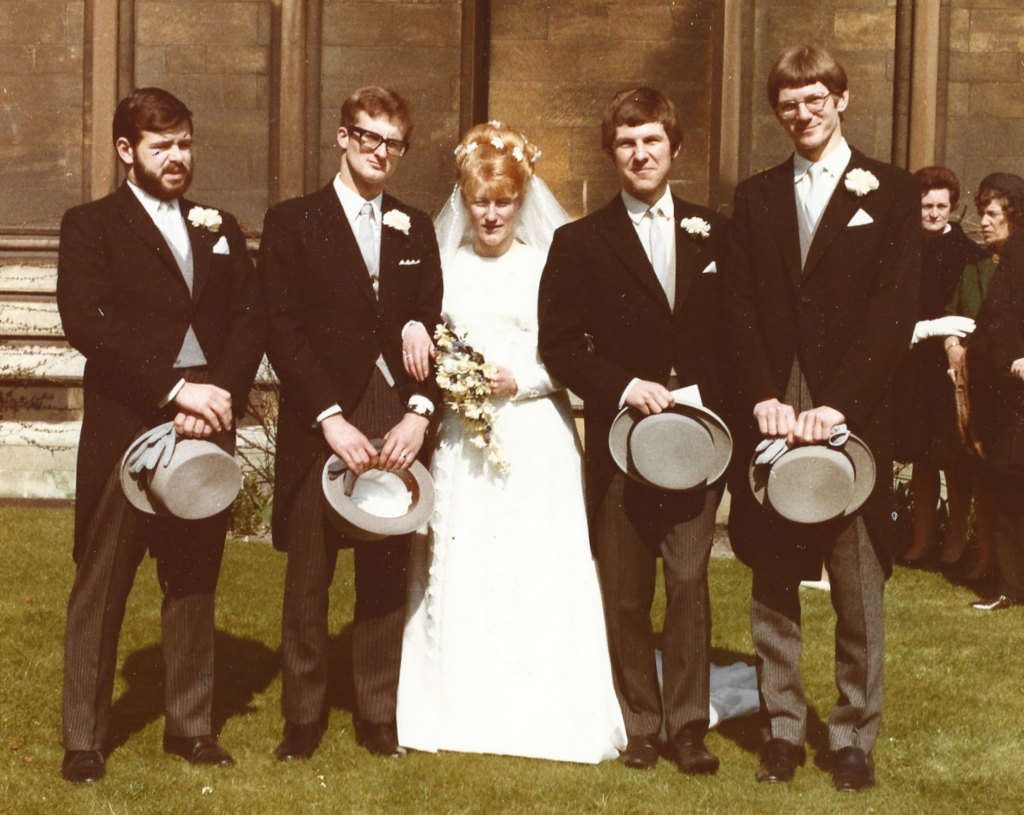
GEORGE DARWALL (1965)
Benjamin Britten, Te Deum in C (1934)
At King’s School, Worcester, before going up to St John’s, I suffered the tedium of many cathedral sermons. But the best choral music having left an impression, I later checked what the College Choir would be singing. One memorable Sunday I rounded up several equally ungodly undergraduates to come and listen. The Chaplain, Andrew Macintosh, was puzzled, not censorious.
‘We don’t often see you chaps at Matins.’
‘You don’t often sing Britten’s Te Deum in C at Matins!’
All credit to the Late Duke of Edinburgh for encouraging the composer to complement it with a Jubilate.
PETER DAVIES (1965)
Paul Simon, The Sound of Silence (1964, original solo acoustic guitar recording)
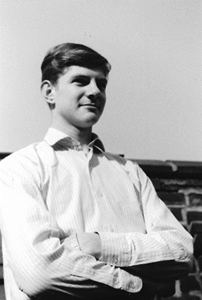
I came up to St John’s in 1965, and soon after my arrival I started to go along on Saturday nights to the Cambridge Folk Club, which then met in the room above The Red Cow pub by The Guildhall (now a burger restaurant).
During that Michaelmas Term a young American of whom I’d not heard performed there. There was no ‘back-stage’, so during the interval my friends and I were able to talk to him. I recall one of them remarking that he was a cut above the other acts we had seen at the Club as he wrote all his own songs and could sing in tune!
Early the following year, Paul Simon resumed his partnership with Art Garfunkel, and their album Sounds of Silence was released and became a huge hit. And to think I’d paid all of five shillings to see him at The Red Cow.
DAVID MOSS (1965)
Procol Harum, A Whiter Shade of Pale (1967)
This was Procol Harum’s debut record and it reached number 1 in the pop charts in 1967. The lyrics are mysterious, and the haunting tune is based on a melody composed by J S Bach. No party, dance or disco was complete without it, and it perfectly captured the spirit of that era. I was 20 at the time.
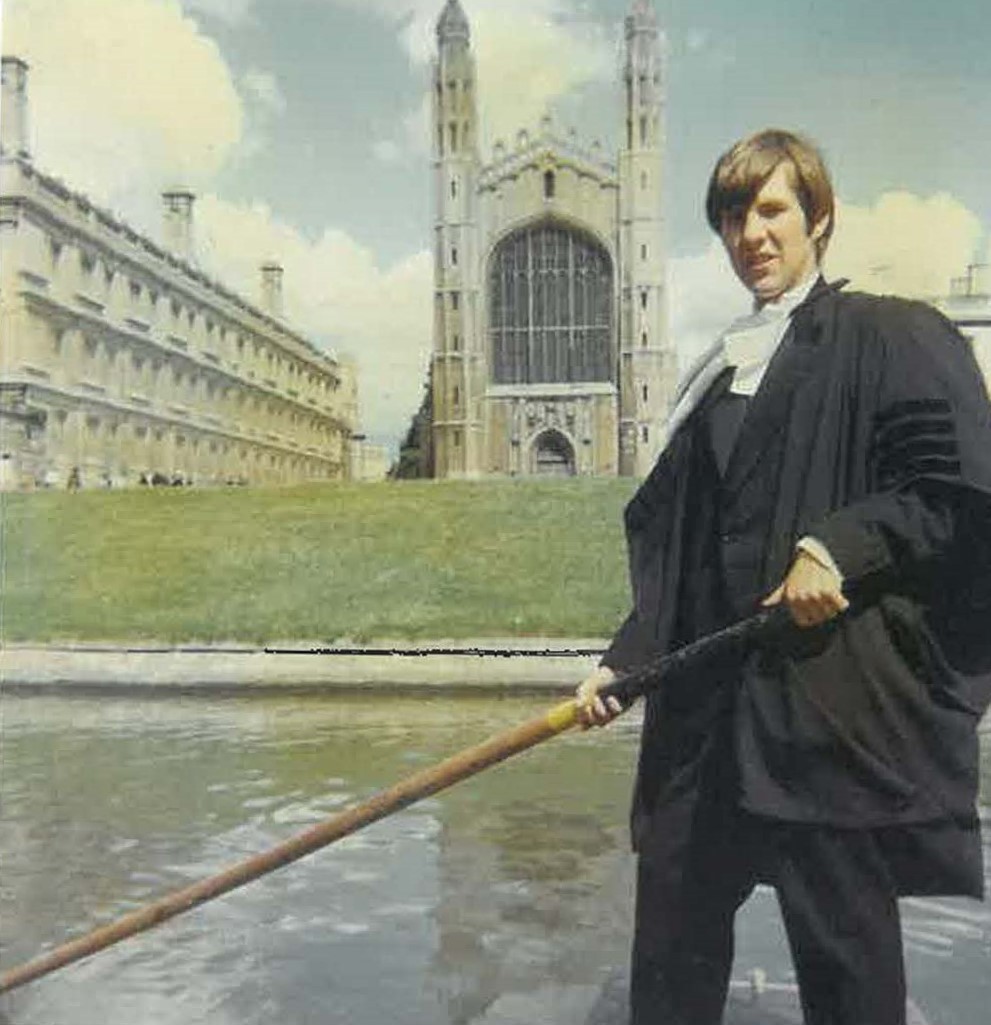
PETER MUNN (1965)
The Spencer Davis Group, Keep on Running (1965)
This was a song I heard a lot while eating pie and beans in local pubs. We had a full morning of lectures in the Engineering Faculty; my rule was either to work in the afternoon and have the evening for having fun/sport or the other way round.
DR JOHN BAILEY (1966)
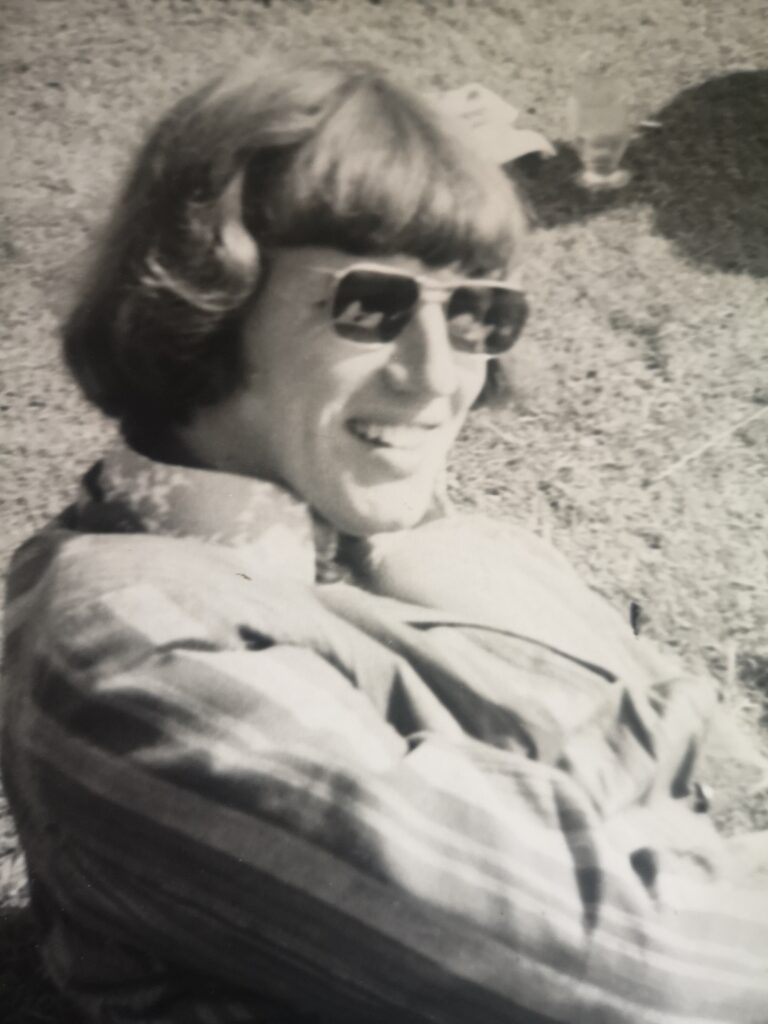
The Kinks, Days (1968)
I arrived at John’s in 1966 with a Dansette record player, basically a turntable in a suitcase. The next two years I shared a room, and my roommate Roland had a stereo system which we played loud and often, no doubt annoying Second and then New Court. In June 1969, on the way to Downing Site to get my Part II result, I stopped at the second-hand record stall in the market and bought Days by The Kinks. It seemed to sum up my days at John’s nicely. To my amazement, I was awarded a first. Happy Days indeed!
Written by
Every issue of Johnian magazine includes a playlist feature article, in which an alumnus/a submits their top tracks alongside details about their lives.


